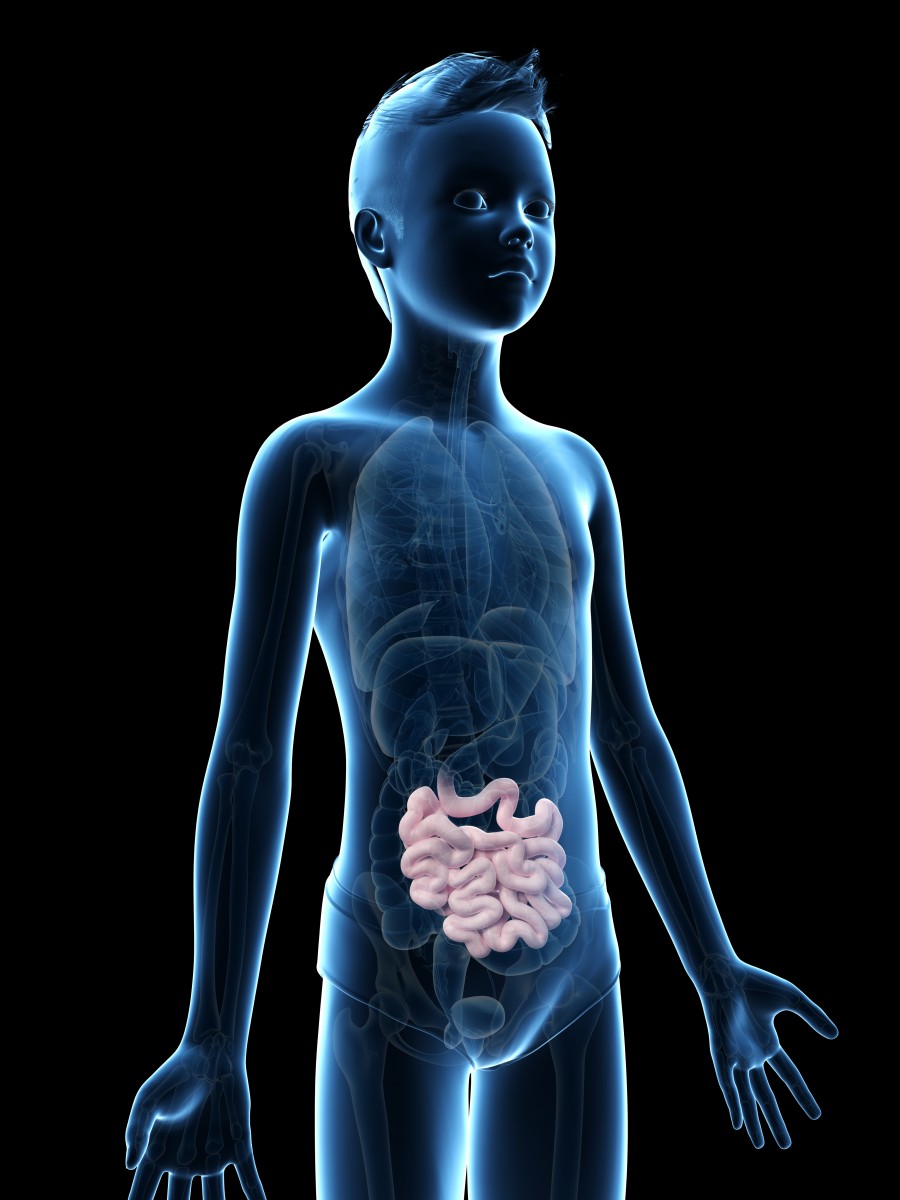Viral Makeup of Intestines in CF Children Altered, May Drive Inflammation

Children with cystic fibrosis (CF) have an altered intestinal virome, or viral communities, compared to healthy children that may impact growth and intestinal inflammation, a case-control study reported.
The study, ”The intestinal virome in children with cystic fibrosis differs from healthy controls,” was published in the journal PLOS One.
CF is caused by mutations in the CFTR gene, resulting in the build-up of thick mucus in various organs, including the lungs, liver, pancreas, and intestines.
An imbalance in the bacteria living in the intestines (gut microbiome), along with inflammation, has been reported in children with CF. One factor that may affect the intestinal microbiome is the presence of viruses (virome) that infect patients and the bacteria in their intestine — called bacteriophages.
While the effects of viruses in the lungs of CF patients has been explored, the influence on viruses on the intestines has not.
Researchers at the University of New South Wales in Australia analyzed the composition and function of viral communities inhabiting the intestines of eight children with CF, ranging in age from 3 to 12, and compared the results with those from eight healthy children matched for age and gender.
None of the CF patients were using CFTR modulating therapies and all were pancreatic insufficient, meaning that their pancreas did not secrete enough digestive enzymes.
Stool samples were collected, and viral DNA and RNA (the carrier of DNA information) were isolated and amplified for identification.
The analysis found no overall differences in the number of unique viruses between CF patients and controls children.
But, as these children grew older, viral diversity decreased in patients and increased in healthy controls, “suggesting the effect of age should be considered.”
A diversity assessment found a significant difference in viral composition between the two groups. Although an additional analysis found no differences in viral abundance or the presence or absence of viruses between male and female CF patients, significant differences associated with age were identified.
Compared to healthy controls, the relative abundance of a type of bacteriophage from Myoviridae (family), and one of its species called Faecalibacterium phage FP Taranis, were significantly lower in children with CF and was found to significantly decrease with age.
Researchers suggested that a reduction in this virus may reflect a decrease in the numbers of its host bacteria, called F. prausnitzii and considered a beneficial bacteria, leading to “elevated inflammatory biomarkers.”
Another bacteriophage group called Gokushovirinae, part of the Microviridae family, was also found to be significantly decreased in CF patients compared to healthy children. These viruses are known to target parasitic bacteria species associated with intestinal inflammation. No link between the lower abundance of these viruses and age was found.
Significantly elevated levels of genes that provide instructions for proteins involved in the lysis (rupture) of bacteria by bacteriophages, which are associated with pro-inflammatory effects, were found in children with CF compared with controls. This increase correlated with advancing age.
While there was no correlation found between the number of unique viruses and patient height, weight, and body mass index (BMI), links were identified with the abundance of certain viruses. The presence of viruses known as Picornavirales, Picornaviridae, Enterovirus, and Anelloviridae all positively correlated with an age-appropriate weight and BMI.
Finally, children with CF had significantly higher markers for inflammation than healthy children, as measured by fecal calprotectin and M2-pyruvate kinase (M2-PK) levels.
“The results of this study suggest that the virome has a potential role in intestinal inflammation and growth impairment in children with CF,” the researchers wrote.
“Whether this is a direct influence or indirectly through bacterial population changes is unknown and will require further investigation,” they added.







